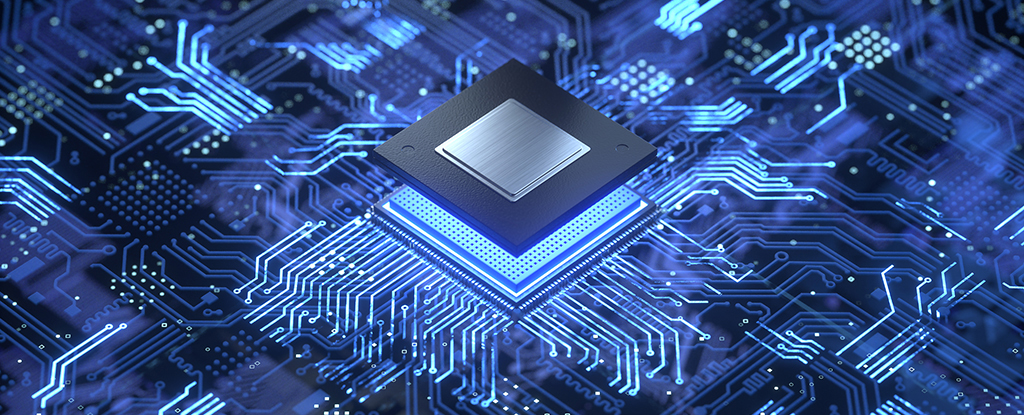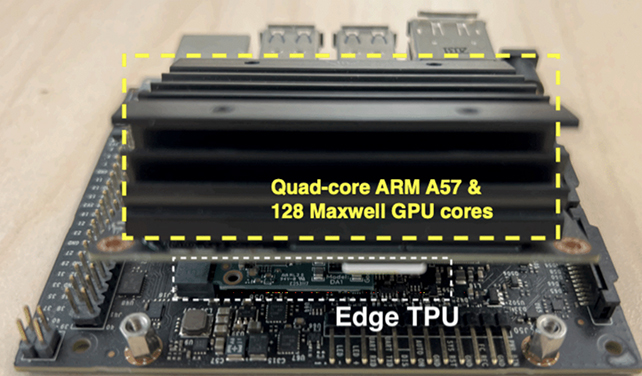Radical New Discovery Could Double The Speed of Existing Computers : ScienceAlert

Imagine your laptop running twice as fast without any hardware upgrades; only the application of smarter software algorithms. That’s the promise of new research that could change how today’s devices function.
The team behind the research, from the University of California, Riverside (UCR), says that the work has huge potential, not just for boosting hardware performance but also increasing efficiency and significantly reducing energy use.
Referred to as simultaneous and heterogeneous multithreading (SHMT), the innovative process takes advantage of the fact modern phones, computers, and other gadgets usually rely on more than one processor to do their thinking.

“You don’t have to add new processors because you already have them,” says computer engineer Hung-Wei Tseng, from UCR.
While the term processor is still used to describe the brains of modern hardware devices, there’s usually a combination of multiple processors working together: one for graphics called a graphics processing unit (GPU), as well as one for machine learning called a tensor processing unit (TPU) perhaps, not to mention the central processing unit for handling general computing calculations.
Relying on specialized processors certainly has its benefits, because they can be engineered for specific tasks. Executing the code to run a spreadsheet program isn’t done in quite the same way as executing the code for a generative AI text bot.
The downside is that bottlenecks can happen as data is shuffled between different units, affecting the speed and efficiency with which tasks can be completed. By running more subtasks simultaneously in parallel, across multiple processors, the researchers hope to regain lost time and energy.
The test setup included an ARM Cortex-A57 CPU, an Nvidia GPU, and a Google Edge TPU. Using simultaneous and heterogeneous multithreading, execution of sample code was 1.95 times faster, while energy use was reduced by 51 percent.
“The entrenched programming models focus on using only the most efficient processing units for each code region, underutilizing the processing power within heterogeneous computers,” write the researchers in their paper.
It’s still very early days for this technology: the proposed system is more of a test that the idea has potential, rather than something that can be put into place right away on our smartphones and smartwatches.
The researchers also acknowledge that there are significant challenges to overcome in terms of chopping up computing jobs to be handled by different types of processors, and then combining everything back together without any slowdown.
“Conventional homogeneous simultaneous multithreading hardware does not need to cope with quality assurance,” write the researchers.
“In contrast, SHMT has to ensure quality because of the potential precision mismatch of underlying architectures.”
The research was presented at the 56th Annual IEEE/ACM International Symposium on Microarchitecture in Toronto, Canada, and is available to read online.
link






